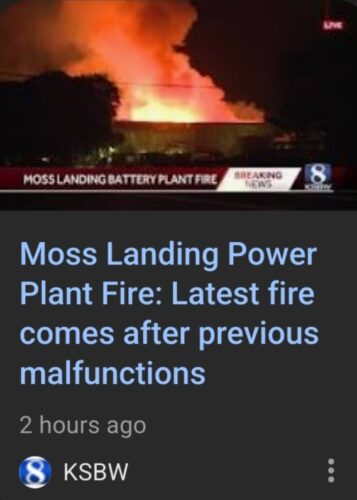
An interesting new dig suggests matrilocality was widespread in Britain around the time that Romans complained about women having too much authority.
Roman writers found the relative empowerment of Celtic women remarkable. In southern Britain, the Late Iron Age Durotriges tribe often buried women with substantial grave goods. Here we analyse 57 ancient genomes from Durotrigian burial sites and find an extended kin group centred around a single maternal lineage, with unrelated (presumably inward migrating) burials being predominantly male.
The report says essentially wealth and power centered around women. Men would enter into the extended families of these women. Romans characterized this matrilocal system as “barbaric”, in one of history’s great ironies. It’s a clear case of propaganda serving political ends rather than any objective assessment of societal sophistication.
Archaeological evidence now suggests the powerful women of Celtic societies possessed sophisticated features that Rome actually lacked and thus was jealous and fearful.
Consider how these two societies handled wealth and power. Rome’s system was brutally simple: the eldest male (paterfamilias) held absolute power over family, property and even life itself. By contrast, the genetic evidence from Durotrigian graves reveals something far more sophisticated: extended families built around powerful maternal lineages, with complex networks distributing wealth and influence through daughters and granddaughters while strategically incorporating talented male newcomers through marriage.
This differed from Rome’s oppressive patriarchy in its remarkable stability. While Roman families regularly battled and tore themselves apart in inheritance disputes, the archaeological record tells a different story for Celtic Britain: generations of wealthy female burials in the same locations, with consistent grave goods suggesting unbroken lines of power and influence. These Celtic “matriarchies” achieved this stability through thoughtful power-sharing between blood relatives and married-in males, avoiding the messy bloody succession crises that plagued Rome’s male-dominated system.
Rome’s dismissal of these sophisticated systems as “barbaric” served multiple ends. At a basic level, painting conquered peoples as uncivilized made conquest easier to justify to their own population. But there was likely a deeper fear at work: the Durotrigian system represented a sophisticated competing model of social organization that directly threatened Rome’s patriarchal power structure. Rather than acknowledge or learn from it, they chose to deliberately mischaracterize it as primitive. It’s a strategy that would be repeated countless times in later colonial encounters, as advanced indigenous systems were painted as “savage” to justify ruthless extraction before destruction.
The archaeological evidence from Britain forces us to confront an uncomfortable truth: Rome’s accusations of barbarism often masked their own limitations and insecurities when faced with more sophisticated social systems.
These ancient DNA findings both rewrite our understanding of Celtic Britain and they invite us to question how many other advanced social structures throughout history were deliberately mischaracterized and destroyed, taking with them valuable lessons in human organization that we’re only now beginning to rediscover.

